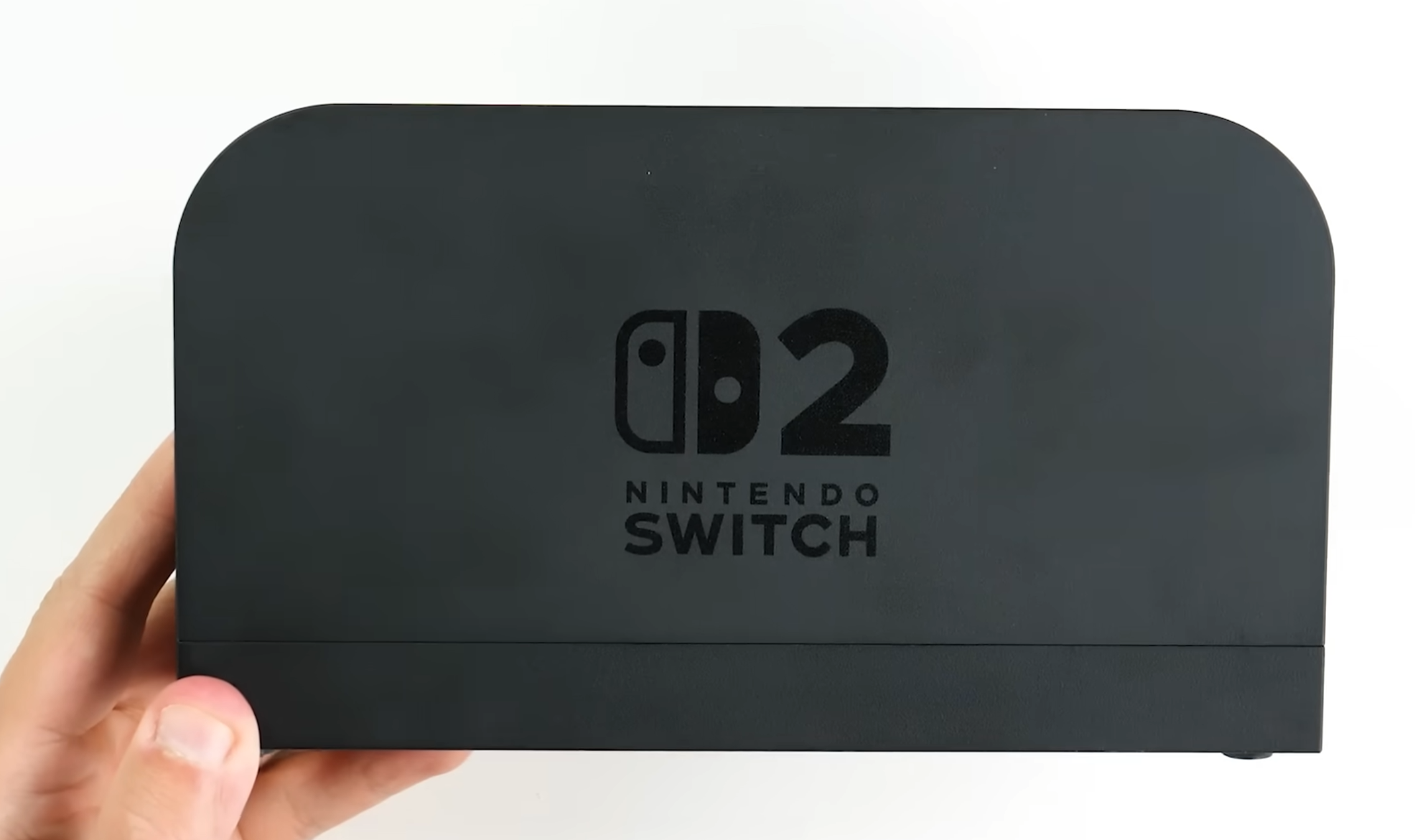The Nintendo Switch 2 dock has garnered a lot of curiosity due to its similarities and differences compared to the original Switch dock. Here’s an overview of the key features and insights into its design, functionality, and the purpose of its components.
Design and Ventilation
One of the most notable features of the Switch 2 dock is its internal fan. Initially, many believed that the fan was meant to cool the Switch 2, especially since it consumes more power than its predecessor. However, upon closer inspection, you’ll find that the dock lacks proper ventilation to utilize this fan effectively.


The design includes air vents on the sides, which allows for airflow, but there’s no direct path for the fan to cool the Switch 2. Instead, the console draws air from the bottom and expels it from the top, ensuring proper ventilation during use.
Surface Placement
When using the dock, it’s crucial to place it on a flat, hard surface. Avoid placing it on carpets or soft surfaces that could obstruct airflow. Many users typically set it next to their TV in an entertainment center, where it can remain stable and provide easy access.
Comparison with the Original Dock
In comparison to the original Switch dock, the Switch 2 dock is slightly larger to accommodate the increased size of the console. However, it maintains similar output options, including HDMI, USB-C for power, and Ethernet connectivity. Additionally, there are two USB Type-A ports on the dock for connecting peripherals.
Internal Components and Maintenance
The dock is secured with numerous screws, typical of Nintendo's design approach. This means that if you need to access the internal components—such as the fan for cleaning—it requires careful disassembly. Dust can accumulate, especially if the dock is placed near the floor or in an entertainment center, potentially leading to overheating issues.


If you decide to open the dock, be cautious with the screws, as they can be delicate. Regular cleaning can prevent dust buildup, ensuring optimal performance.
Functionality of the Fan
The primary purpose of the fan is to help manage heat generated by the dock's internal components, particularly during power transmission. While it doesn’t cool the Switch 2 directly, it assists in maintaining appropriate temperatures for the dock's chips and circuitry.
Key Chips and Features
Inside the dock, you’ll find several critical components, including:
- RTD2175N: Supports HDMI 2.1, allowing for high-resolution output (up to 4K at 120Hz or 8K at 60Hz).
- RTL8153: Acts as a gigabit Ethernet controller, ensuring faster and more reliable internet connectivity.
- GL3510: Manages USB 3.0 connections, facilitating data transfer and power supply.
- STM32G080: A microcontroller that manages the dock's operations and can accept firmware updates.
Conclusion
In summary, the Nintendo Switch 2 dock features a fan that primarily aids in cooling internal components rather than directly cooling the console itself. Understanding the dock’s design and functionality can help users maintain it effectively and ensure a seamless gaming experience. Regular cleaning and proper placement can mitigate potential overheating issues, keeping your gaming setup in top shape.


